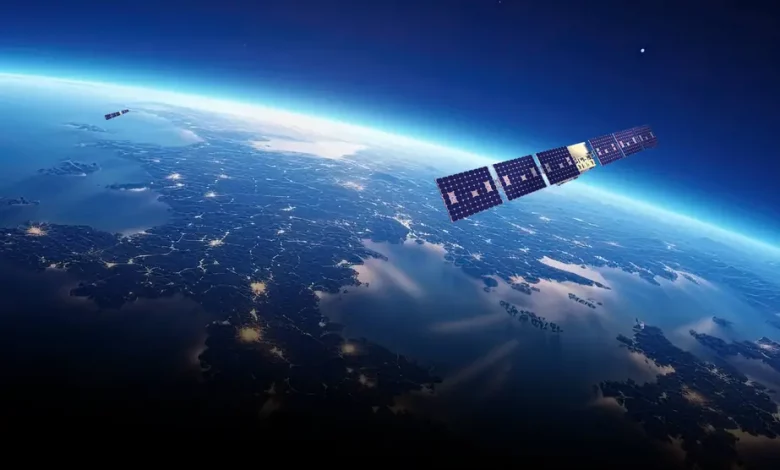European Defense Agency Orders Satellite Prototype

Tyvak International, an aerospace subsidiary of Terran Orbital, has been awarded a contract to design a Very Low Earth Orbit (VLEO) satellite for the European Defense Agency’s (EDA) Hub for EU Defense Innovation (HEDI).
The contract will see the company create a proof-of-concept prototype for preliminary design review, which includes leading market analysis, key component identification, and satellite development feasibility studies.
The LEO to VLEO satellite will be used by the agency to support military operations through a constellation of other spacecraft.
“This collaboration presents a remarkable opportunity to leverage our expertise and innovative solutions to support the critical mission objectives of the European Defence Agency. By doing so, we will drive advancements in satellite technology and propel future defense capabilities,” Tyvak CEO Fabio Nichele said.
EDA’s Space Plans
Aside from selecting established aerospace firms for the development of new capabilities, the EDA has been pushing for the creation of more satellites by facilitating partnerships among EU members.
Last month, the agency announced that the Netherlands and Austria have teamed up to design, develop, launch, and operate a constellation made up of two to four satellites.
The project, estimated to be worth 10 million euros ($10.9 million), will shed light on the cost of similar operations conducted within short time frames.
The EDA estimates that the satellites will be launched in two years.





